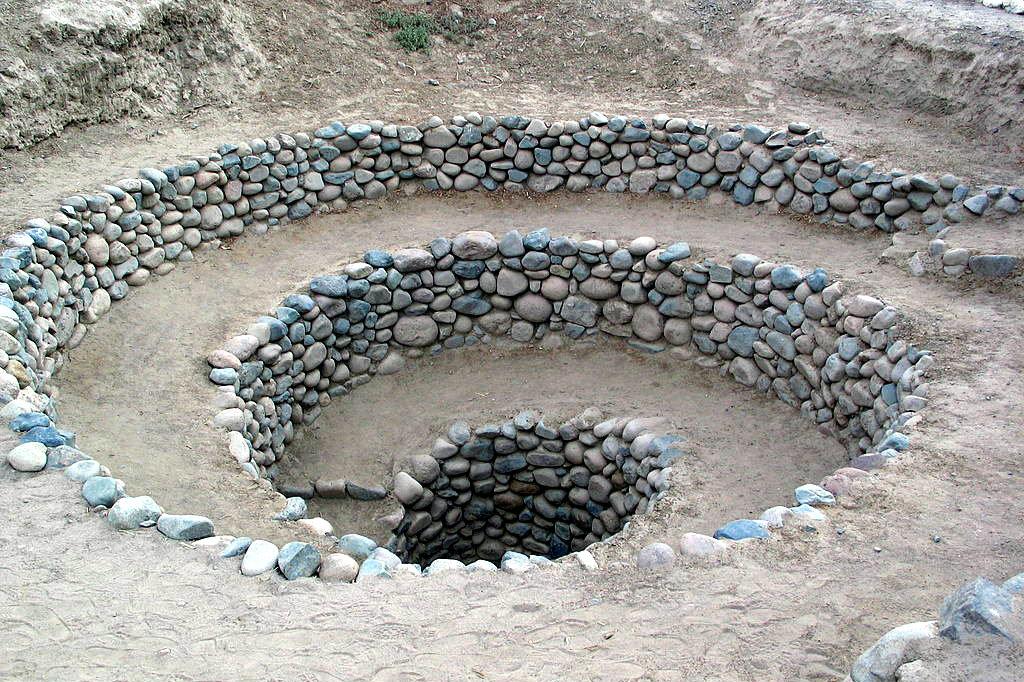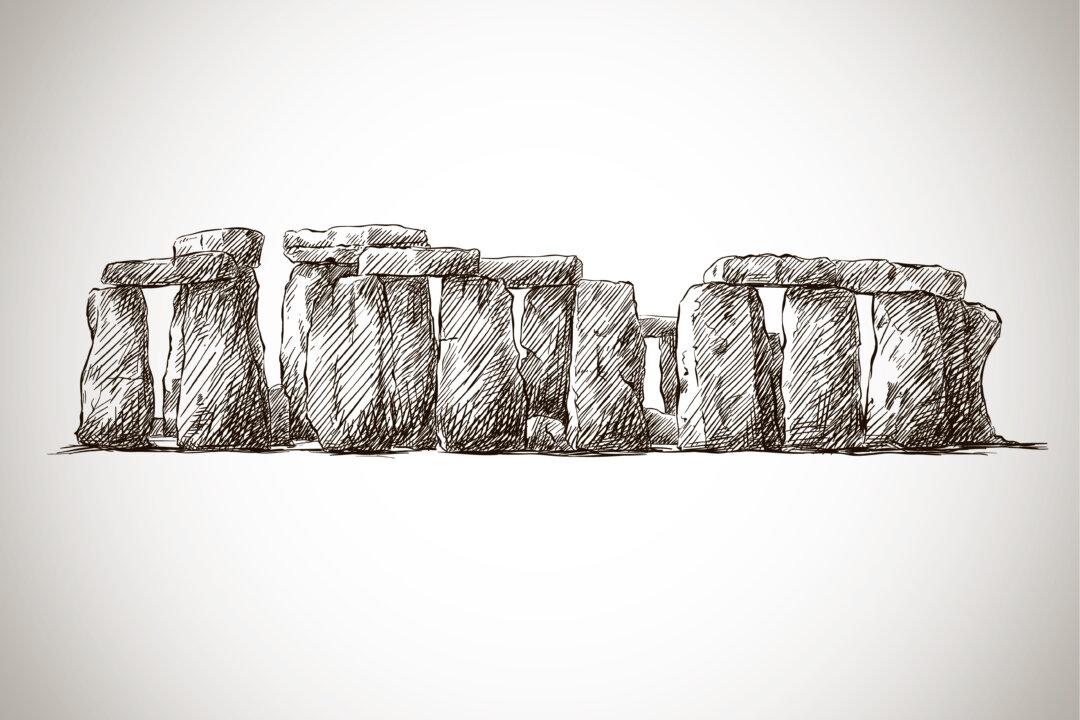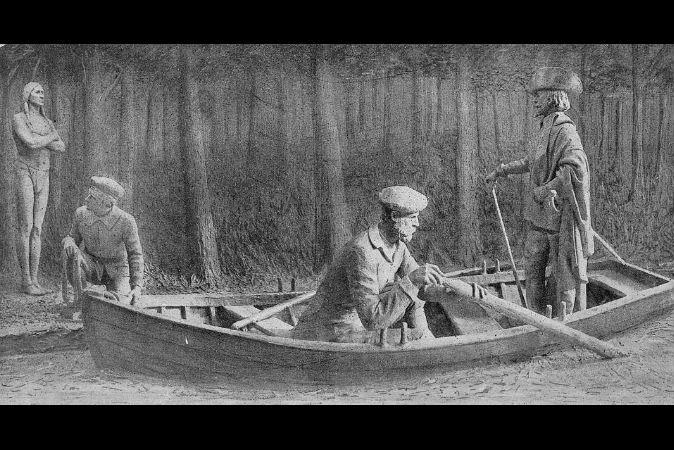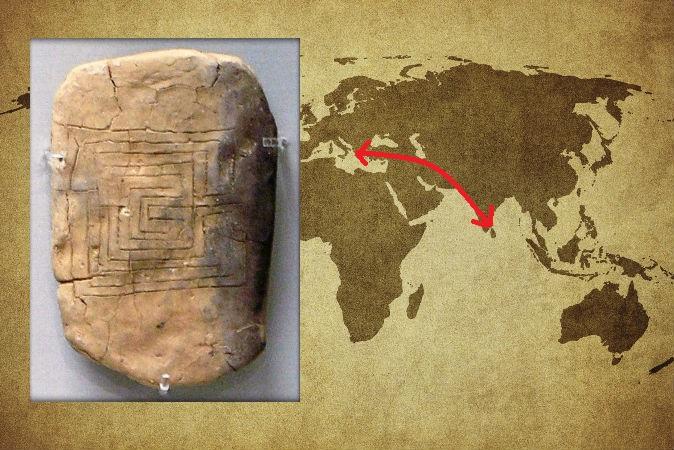Aqueducts and man-made wells built about 1,500 years ago in Peru by the Nazca people are still in use today and supplying water for daily living and irrigation to people in desert areas near the modern city of Nazca.
The Nazca people had only very narrow, rocky valleys in which to live and grow their crops, so they implemented an advanced hydraulic engineering system that greened their lands and helped them prosper.
They are known as the Aqueducts of Cantalloc or, in Spanish, Cantayo. The accomplishment of creating them was arguably greater than that of creating the Nazca lines that are so famous around the world.
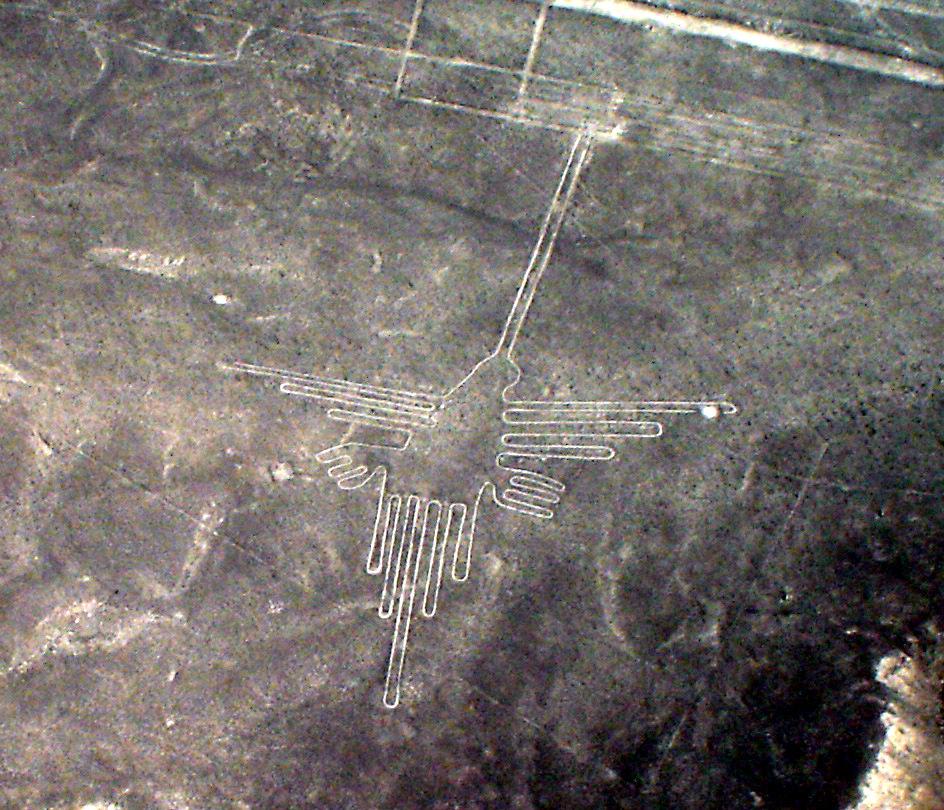
One of the several figures depicted in geoglyphs known as the Nazca lines. Martin St-Amant/CCBY-SA
